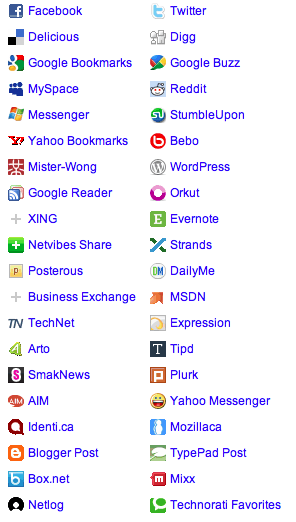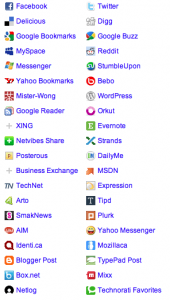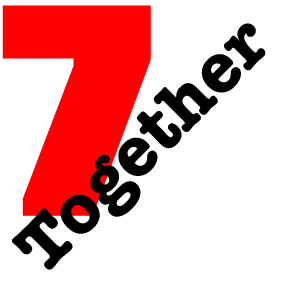So, you are embarking on something new. You have just gotten that brilliant brainwave, or you are starting a new online project for your organization. Here is a list of five things that are vital to include in your project.
Friends
Whatever it is, it is better with friends. You need to keep in mind that friendships are very important to everyone. And that includes your users or potential users. It almost does not matter what your project is about, but something you need to keep in mind that your users love to do it with their friends. So, think of a way your users can involve their friends in what the are doing at your place. And make it easy to include them. Connecting to a platform where people already are in touch with their friends makes it much easier for them to include their friends in your project. So, connect to Twitter, Facebook, a google account and that will make interaction much easier.
Mobile
Over a third of internet traffic currently is mobile in one way or another. That makes mobile essential to reach your target audience. Make sure your project works on mobile devices. If it is done right, it often does not involve more than templating for mobile devices. An easy step for an easy gain.
Location
Now that you have included mobile, include something to do with it. Connect your project to physical locations. You might think that is a tricky one, but many locations are already charted through Foursquare, Facebook Places, Feest.je and other location based services. Choose to do something with locations of a certain kind or to do something related to your product at a location. Yes, it might involve some creative thinking, but it is often possible.
Something else to consider is incuding geographical meta data in as many parts of your project as you can. If you are not using it today, someone else may if you allow them. Just look at the way third party data has been by people to create layers of information for augmented reality application Layar. That is something that your target audience might benefit from as well.
Achievements
People are more willing to invest in a project if there is something they can achieve. So, make sure they can. Make sure you offer a possibility to earn a status, to be part of a leaderboard competition, to allow them to make more of what they have done on your project. If nothing else, it will bring them back to your site/app/project to achieve more.
Sharing
If someone values what you do, they will share it with others. Make sure they can. And make sure they have something to share. Help them to share more than a link, but help them share a trigger for their friends, for their followers, for their contacts. Help them be ahead of others in the fields they love, so they are the first to share it with others. The lead you give them is the lead they will give you.
Good luck on your new project! I hope it will be incredibly succesful. If you have something you would want my opinion or my help on, don’t hesitate to ask.
On Fridays I post short lists of things. Things to do, things not to do. Things to change or things you should not be without. The Friday Five will reflect my personal view on many things. And as it is Friday, it can be serious, but it might not always be.




 “Dat is allemaal best leuk wat jij daar mee doet, maar voor mij werkt dat niet.” Een uitspraak die ik vrijwel dagelijks te horen krijg als het gaat om sociale media. Daarna volgt meestal een opsomming van oordelen die de uitspraak kracht bij moeten zetten. Als je verder gaat kijken, dan blijkt dat de meeste oordelen helemaal niet komen uit de eigen ervaring. De meeste oordelen komen van wat anderen er van denken of wat er in de krant gestaan heeft. De meeste oordelen blijken dan ook niets meer te zijn dan vooroordelen.
“Dat is allemaal best leuk wat jij daar mee doet, maar voor mij werkt dat niet.” Een uitspraak die ik vrijwel dagelijks te horen krijg als het gaat om sociale media. Daarna volgt meestal een opsomming van oordelen die de uitspraak kracht bij moeten zetten. Als je verder gaat kijken, dan blijkt dat de meeste oordelen helemaal niet komen uit de eigen ervaring. De meeste oordelen komen van wat anderen er van denken of wat er in de krant gestaan heeft. De meeste oordelen blijken dan ook niets meer te zijn dan vooroordelen.




 I love the future. I have loved it ever since I started reading. Technology is shaping our future fast. Back in 1985 I wrote my first computer program. Back in 1994 I launched my first website and I have been working with organizations on integrating new technology ever since.
I love the future. I have loved it ever since I started reading. Technology is shaping our future fast. Back in 1985 I wrote my first computer program. Back in 1994 I launched my first website and I have been working with organizations on integrating new technology ever since.